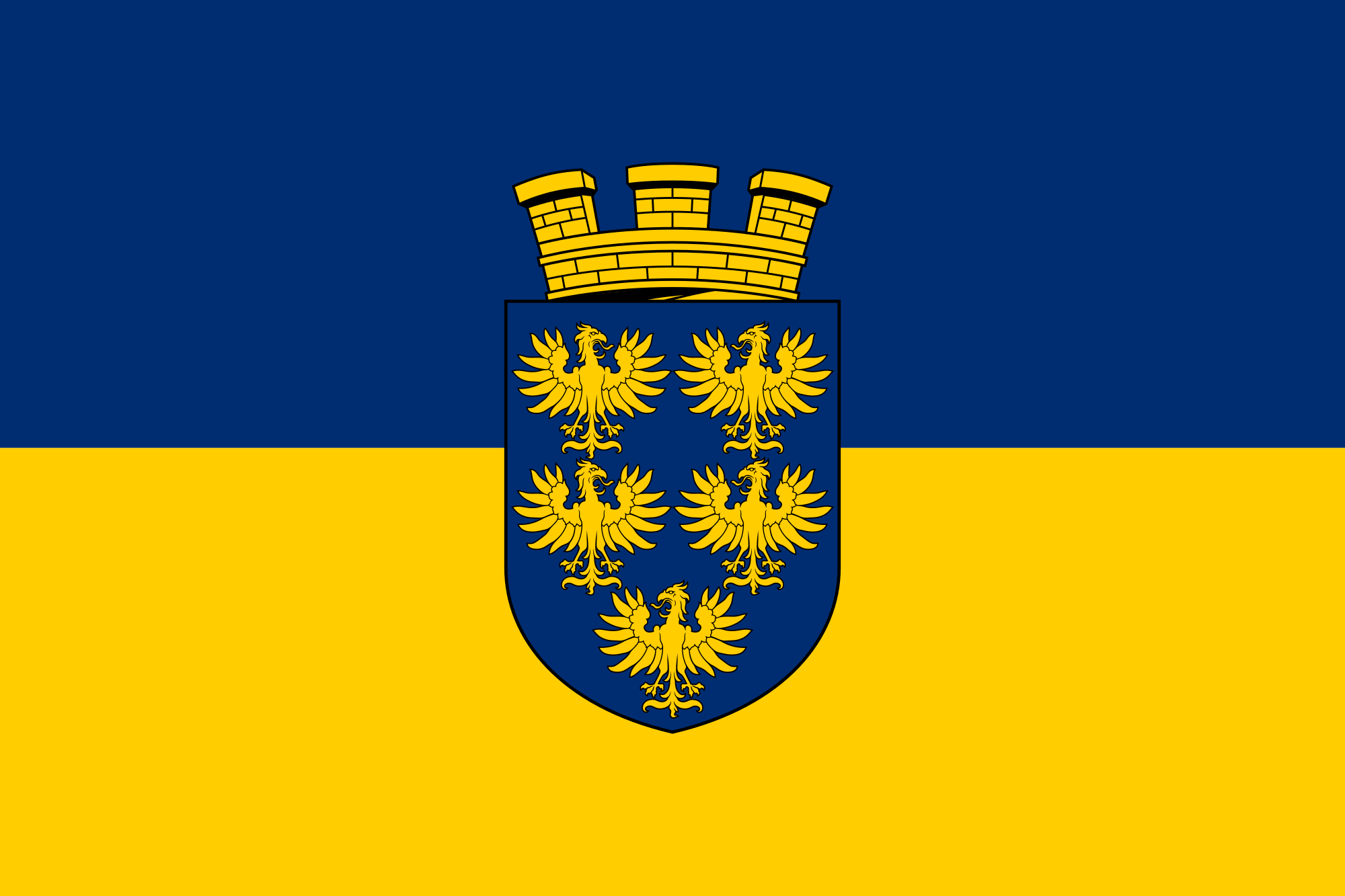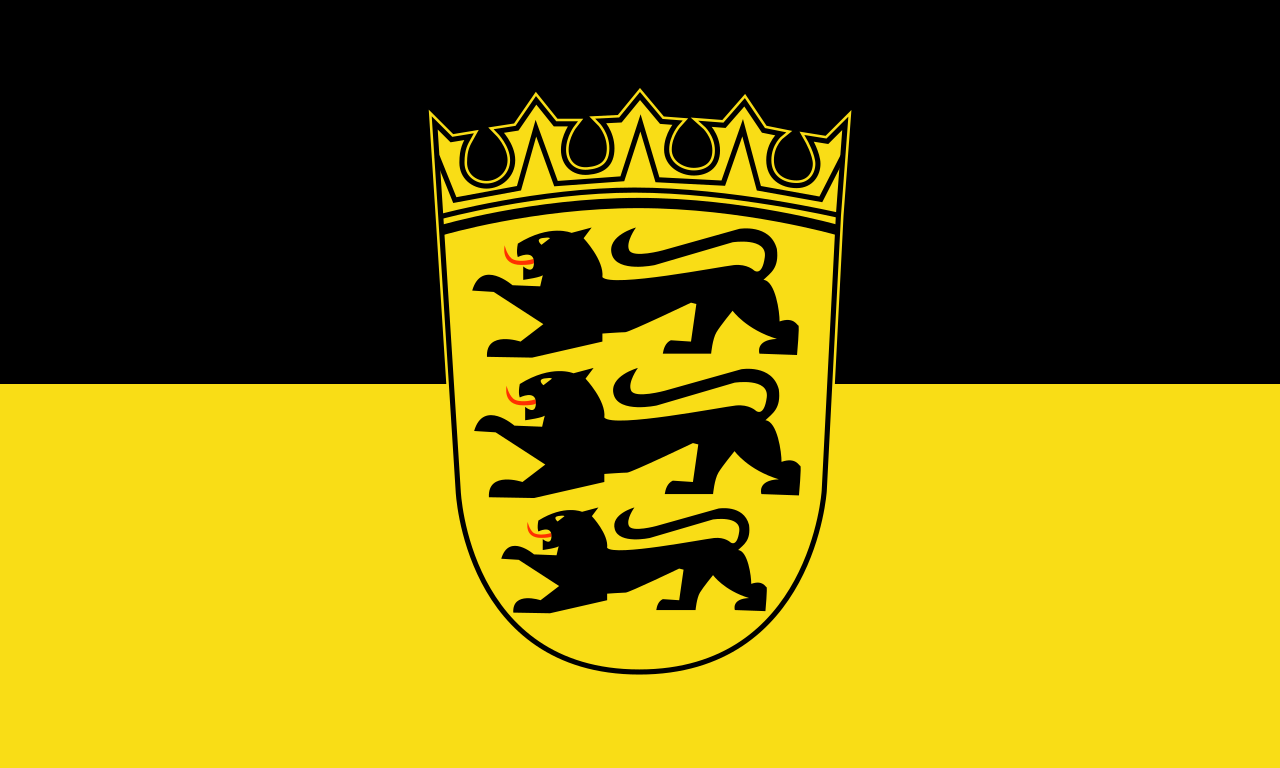
Deutsch-Chinesische Enzyklopädie, 德汉百科

国家大剧院占地11.893万平方米,总建筑面积149520平方米,主体建筑由外部围护结构和内部歌剧院、戏剧场、音乐厅和公共大厅及配套用房组成。国家大剧院共設有5473个座位,其中歌剧院席位2416个,戏剧院席位1040个,音乐厅席位2017个。外部围护钢结构壳体呈半椭球形,其平面投影东西长212.20米,南北宽143.64米,建筑物高46.285米,基础埋深的最深部分达到32.5米。椭球形屋面主要采用钛金属板饰面,中部为渐开式玻璃幕墙。椭球壳体外环绕人工湖,湖面面积达35500平方米,各种通道和入口都设在水面下。
国家大剧院结构由三个功能区组成。201区为北入口、地下车库;202区为功能区,包括歌剧院、戏剧院、音乐厅等;203为南入口、餐厅、机房等服务区。Das chinesische Nationale Zentrum für Darstellende Künste (chinesisch 國家大劇院 / 国家大剧院, Pinyin Guójiā dà jùyuàn; englisch National Grand Theatre), auch als Chinesisches Nationaltheater oder Chinesische Nationaloper bezeichnet, ist ein großes Theater- und Operngebäude in der chinesischen Hauptstadt Peking.
Es befindet sich in der Innenstadt westlich des Tian’anmen-Platzes und der Großen Halle des Volkes im Pekinger Stadtbezirk Xicheng.
Das von dem französischen Architekten Paul Andreu entworfene Gebäude wurde 2007 eröffnet. Es gilt durch seine eiförmige spektakuläre Außen- und Innenansicht – ellipsenförmig, aus Glas und Titan, an das traditionelle Yin-und-Yang-Motiv erinnernd, umgeben von einem künstlichen See – als eine der modernen architektonischen Sehenswürdigkeiten der Stadt.
Es ist eine Spielstätte für nationale und internationale Theater-, Opern-, Musik- und Tanzaufführungen.
中国国家大劇院(ちゅうごくこっかだいげきいん)は2007年9月に完成した中国北京の中心部に位置する国立劇場である。天安門広場の西側にあり人民大会堂にも隣接する。
2004年に着工。総工費は32億元。設計者はシャルル・ド・ゴール国際空港などを手がけたフランスの建築家ポール・アンドリュー[1]。外観では卵の形にしたドーム型の施設で、2,416席のオペラ劇場2,017席収容の音楽ホール、1,040席収容のコンサートホール等がある。
元々は1998年に当時の江沢民党総書記・国家主席が、国家大劇院を建設すると発表したことに始まり、2007年12月に正式にこけら落とされた。
こけら落とし公演はガラコンサートで、開場記念事業にはマリインスキー・オペラや、小澤征爾指揮中国国家交響楽団のジルベスターコンサートなどが2008年4月まで続けられた。
The National Centre for the Performing Arts (NCPA) (simplified Chinese: 国家大剧院; traditional Chinese: 國家大劇院; pinyin: Guójiā dà jùyuàn; literally: National Grand Theatre), and colloquially described as The Giant Egg (巨蛋), is an arts centre containing an opera house in Beijing, People's Republic of China. The Centre, an ellipsoid dome of titanium and glass surrounded by an artificial lake, seats 5,452 people in three halls and is almost 12,000 m² in size. It was designed by French architect Paul Andreu. Construction started in December 2001 and the inaugural concert was held in December 2007.
Le Centre national des arts du spectacle, précédemment appelé le Grand Théâtre national (en chinois 国家大剧院), est un bâtiment de Pékin comprenant dans 150 000 m2 une salle d’opéra de 2 416 places, une salle de concert de 2 017 places, et un théâtre de 1 040 places. Il est couramment appelé de manière un peu abusive l’opéra de Pékina, ou localement l’Œuf. Le bâtiment est situé sur l'avenue Chang'an (长安街), en plein centre historique de Pékin, face au parc de Zhongnanhai, immédiatement à l’ouest de la place Tian'anmen (dont il est séparé par le palais de l'Assemblée du Peuple) et au sud-ouest de la Cité interdite.
Cette construction qui a été inaugurée en décembre 2007 après six ans de travaux, a été conçu par l’architecte français Paul Andreu.
Elle consiste en un dôme de titane et de verre en forme d’ellipse, évoquant le motif traditionnel du yin et du yang, et entouré d’un lac artificiel qui lui donne l'impression de flotter sur l'eau. On accède à l'entrée principale qui se trouve au nord du bâtiment par l'intermédiaire d'une large esplanade inclinée permettant de pénétrer dans l'édifice en passant sous le lac.
Il Centro Nazionale per le Arti dello Spettacolo (国家大剧院S, Guójiā dà jùyuànP, letteralmente "Grande Teatro Nazionale"), noto come l'Opera di Pechino o, più familiarmente, L'uovo, è un teatro d'opera a Pechino, Repubblica Popolare Cinese.
Il Centro, una cupola ellissoidale di titanio e vetro circondata da un lago artificiale, comprende in un'area di oltre 200.000 m² una sala per l'opera di 2.416 posti, una sala concerti con 2.017 posti ed un teatro di 1.040 posti.
È stato progettato dall'architetto francese Paul Andreu. La costruzione è iniziata nel dicembre 2001 e il concerto inaugurale si è tenuto nel dicembre 2007. Il teatro è una cupola ellissoide in titanio, interrotta in direzione nord-sud da un rivestimento in vetro che si allarga gradualmente dall'alto verso il basso; si tratta di oltre 18.000 lamine di titanio ed oltre 1000 di vetro ad alta trasmissione luminosa. È stato progettato come qualcosa di emblematico che potesse essere immediatamente riconoscibile. La cupola misura 212 metri da est ad ovest, 144 da nord a sud ed è alta 46 metri. Gli ospiti giungono dal lato nord dopo aver camminato attraverso un corridoio lungo 80 metri passante al di sotto la superficie del lago.
El Gran Teatro Nacional de China, también conocido como «El Huevo», es un teatro de ópera en Pekín (República Popular China). Abrió sus puertas en junio de 2007. El arquitecto francés Paul Andreu fue el encargado de diseñarlo, con una planificación de coste inicial de unos 2.688 millones de yuanes. El teatro puede acoger hasta 6.500 personas en sus 200.000 m² de superficie.

Das Neue Nationaltheater Tokio (jap. 新国立劇場, Shin Kokuritsu Gekijō, engl. New National Theatre, Tokyo, kurz: NNTT) ist das erste staatliche Theater in Japan für Oper, Ballett und Tanz. Zusätzlich finden in dem Theater verschiedene Veranstaltungen statt, zum Beispiel ein Programm zur Ausbildung junger Künstler. Außerdem gibt es einen Kostümverleih und eine Bibliothek. Das Theater befindet sich im Stadtbezirk Shibuya in Tokio und wird von der „Stiftung Neues Nationaltheater“ geleitet. Das Gebäude verfügt über drei Theatersäle: Opera Palace Tokyo, Playhouse und The Pit. Darüber hinaus gibt es Restaurants, Geschäfte, Proberäume, ein Informationszentrum und einen Dachgarten. In unmittelbarer Nachbarschaft liegt der Wolkenkratzer Tokyo Opera City. Im Gegensatz zum bestehenden Nationaltheater, das sich weiterhin dem traditionellen japanischen Theater widmet, konzentriert sich das neue Nationaltheater auf die europäische Theater- und Opernkultur, die in Japan eine ständig zunehmende Anhängerschaft findet.
新国立剧场(日语:新国立劇場/しんこくりつげきじょう shin kokuritsu gekijō */?,英语:New National Theatre, Tokyo)是位于日本东京都涩谷区本町的剧院,由半官方机构“日本艺术文化振兴会”设置。

尼古拉·安德烈耶维奇·里姆斯基-科萨科夫(俄语:Николай Андреевич Римский-Корсаков,1844年3月18日-1908年6月21日)是一位俄罗斯作曲家,在季赫温出生。他和鲍罗丁、穆索尔斯基、巴拉基列夫和居伊并称为“强力集团”。
1856年在圣彼得堡入海军军官候补生队,同时业余时间学习钢琴演奏、观赏歌剧及听音乐会,与巴拉基列夫等人交往,交流音乐创作感受。1862-65年出海航行。1865年完成他的第一部交响乐。1869年续成达尔戈梅日斯基(Dargomyzhsky)的歌剧《石客》(The Stone Guest)。
1871年他成为圣彼得堡音乐学院乐器和作曲教授。1874年到1881年他是免费音乐学校的领导,并以指挥家和教育家姿态亮相。他的学生有亚历山大·格拉祖诺夫、奥托里诺·雷斯皮基、斯特拉文斯基和普罗科菲耶夫。
里姆斯基-科萨科夫写有15部歌剧,多部管弦乐,特别是标题音乐、合唱曲、室内乐、钢琴作品,歌曲和改编曲。

Nikolaj Georgiew Gjaurow, international Nicolai Georgiev Ghiaurov, bulgarisch Николай Георгиев Гяуров (* 13. September 1929 in Ladzene, Bulgarien; † 2. Juni 2004 in Modena, Italien) war ein bulgarisch-österreichischer Opernsänger. Er galt als einer der besten Bassisten der Welt.
尼古拉·吉奥罗夫(Николай Гяуров,1929年9月13日—2004年6月2日),著名保加利亚歌剧唱家,也是二战以后最著名男低音歌唱家。吉奥罗夫以华丽而有力的声线演绎威尔第的作品而著名,而且经常与夫人米瑞拉·弗蕾妮同台献艺。




加尼叶歌剧院(法语:Opéra Garnier),通常称为巴黎歌剧院(法语:Opéra de Paris),于1861至1875年间建造,位于法国巴黎第九区,是一座拥有1979个座位的歌剧院。巴黎歌剧院是一座新巴洛克风格的建筑,由法国建筑师查尔斯·加尼叶(Charles Garnier)所设计,被认为是新巴洛克式建筑的典范之一。
在1989年坐落于巴士底广场的巴士底歌剧院落成前,加尼叶歌剧院是巴黎歌剧团的首选剧场。如今,加尼叶歌剧院多上演芭蕾舞剧目。
巴黎歌剧院与巴黎圣母院、卢浮宫以及圣心教堂被并称为巴黎的标志。
Die Opéra Garnier, auch Palais Garnier genannt, ist eines der zwei Pariser Opernhäuser, die der staatlichen Institution Opéra National de Paris unterstehen (Das zweite ist die Opéra-Comique). Die Opéra Garnier wurde 1875 eröffnet und steht am rechten Seineufer im 9. Arrondissement. Ihren Namen verdankt sie ihrem Erbauer Charles Garnier. Seit der Eröffnung der Opéra Bastille im Jahre 1989 wird die Opéra Garnier hauptsächlich für Ballettaufführungen des hauseigenen Ballettensembles Ballet de l’Opéra de Paris genutzt, führt aber nach wie vor auch klassische Opern auf.
ガルニエ宮(Palais Garnier)は、フランスの首都パリにある歌劇場である。単にオペラ座(l'Opéra)と呼ばれることもある。パリ国立オペラの公演会場の一つである。
フランスの王立オペラの歴史は1669年にさかのぼる。作曲家ロベール・カンベール(Robert Cambert)と組んで宮廷オペラを作っていた詩人ピエール・ペラン(Pierre Perrin)の請願が、財務総監コルベールの仲立ちでルイ14世に許可され、『音楽アカデミー』ができたのである。この名称は時代とともに、政治体制とともに変わった[1]。
パリの王立ないし国立のオペラ劇団が公演する劇場も転々と変わり、ガルニエ宮は13代目である。それまでの劇場は、ルーヴル美術館(フランス革命までは『ルーヴル宮』)の中や隣だったことも、約1.5km離れていたこともあった[2]。
1800年12月、第一統領だったナポレオン・ボナパルトが爆弾に見舞われたのは、8代目のテアトル・デ・ザール(Théâtre des Arts)への途次であった。1858年1月14日、ナポレオン3世が爆弾を投げられたのは、11代目のサル・ル・ペルティエ(Salle Le Peletier)の正面であった。これを機に、以前からの新オペラ座建設計画が1860年9月29日の政令で具体化し、同年12月29日、ナポレオン3世の第二帝政を称える記念碑的建造物の設計が公募された。
折から、セーヌ県知事オスマンのパリ市街区の整理再構築(パリ改造)が進行中で、建設用地は取り払われ空き地となる現在地と決まっていた。
171の応募の中に一等賞はなく、佳作が6件であった。その中からシャルル・ガルニエの案が採択され[3]、1862年7月21日に最初の礎石が置かれた。
1874年12月に工事を終え、1875年1月5日に落成式が行われた。この劇場は設計者の名から「ガルニエ宮」と呼ばれることとなった。
着工から完成までの十余年間のフランスには、1867年のメキシコ出兵の失敗、1870年の普仏戦争の敗戦とナポレオン3世の亡命(翌年没)、1871年のパリ・コミューンと第三共和政の発足などの大事件が多く、新劇場の工事を休むこともあった。
外観および内装はネオ・バロック様式の典型と言われ、たくさんの彫刻を飾り、華美な装飾を施した豪華絢爛たるものである。また建材には当時、最新の素材とされていた鉄を使用した。これによって、従来不可能とされていた巨大な空間を確保することに成功した。2167の座席が5階に配分されており、観客収容規模でも当時最大の劇場であった。
なお、ガルニエ宮正面からパレ・ロワイヤルへ直に南下するオペラ座大通り(Avenue de l'Opéra)は、この建設工事の一環として開かれた。
第二次世界大戦中のドイツ軍の占領下では、ドイツ軍の管理下で営業を続けた。1964年以降、劇場の天井画はマルク・シャガールによるものが飾られて、現代的な新味も盛り込まれている。
1989年には新しいオペラ劇場としてオペラ・バスティーユ(Opéra Bastille)が完成し、以来ガルニエ宮では、バレエと小規模オペラ、管弦楽コンサートを中心とした運用が行われている。
The Palais Garnier (pronounced [palɛ ɡaʁnje] French ![]() (help·info)) is a 1,979-seat opera house, which was built from 1861 to 1875 for the Paris Opera. It was called the Salle des Capucines, because of its location on the Boulevard des Capucines in the 9th arrondissement of Paris, but soon became known as the Palais Garnier, in recognition of its opulence and its architect, Charles Garnier. The theatre is also often referred to as the Opéra Garnier (French
(help·info)) is a 1,979-seat opera house, which was built from 1861 to 1875 for the Paris Opera. It was called the Salle des Capucines, because of its location on the Boulevard des Capucines in the 9th arrondissement of Paris, but soon became known as the Palais Garnier, in recognition of its opulence and its architect, Charles Garnier. The theatre is also often referred to as the Opéra Garnier (French ![]() (help·info)) and historically was known as the Opéra de Paris or simply the Opéra,[7] as it was the primary home of the Paris Opera and its associated Paris Opera Ballet until 1989, when the Opéra Bastille opened at the Place de la Bastille.[8] The Paris Opera now mainly uses the Palais Garnier for ballet.
(help·info)) and historically was known as the Opéra de Paris or simply the Opéra,[7] as it was the primary home of the Paris Opera and its associated Paris Opera Ballet until 1989, when the Opéra Bastille opened at the Place de la Bastille.[8] The Paris Opera now mainly uses the Palais Garnier for ballet.
The Palais Garnier has been called "probably the most famous opera house in the world, a symbol of Paris like Notre Dame Cathedral, the Louvre, or the Sacré Coeur Basilica."[9] This is at least partly due to its use as the setting for Gaston Leroux's 1910 novel The Phantom of the Opera and, especially, the novel's subsequent adaptations in films and the popular 1986 musical.[9] Another contributing factor is that among the buildings constructed in Paris during the Second Empire, besides being the most expensive,[10] it has been described as the only one that is "unquestionably a masterpiece of the first rank."[11] This opinion is far from unanimous however: the 20th-century French architect Le Corbusier once described it as "a lying art" and contended that the "Garnier movement is a décor of the grave".[12]
The Palais Garnier also houses the Bibliothèque-Musée de l'Opéra de Paris (Paris Opera Library-Museum), although the Library-Museum is no longer managed by the Opera and is part of the Bibliothèque Nationale de France.[13] The museum is included in unaccompanied tours of the Palais Garnier.[14]
L’opéra Garniera, ou palais Garniera, est un théâtre national à vocation lyrique et chorégraphique dont l'édifice est structurant dans le 9e arrondissement de Paris et dans le paysage de la capitale française. Il est situé place de l'Opéra, à l'extrémité nord de l'avenue de l'Opéra et au carrefour de nombreuses voiesb. Il est accessible par le métro (station Opéra), par le RER (ligne A, gare d'Auber) et par le bus. L'édifice s'impose comme un monument particulièrement représentatif de l'architecture éclectique et du style historiciste de la seconde moitié du XIXe siècle. Sur une conception de l’architecte Charles Garnier retenue à la suite d’un concours, sa construction, décidée par Napoléon III dans le cadre des transformations de Paris menées par le préfet Haussmann et interrompue par la guerre de 1870, fut reprise au début de la Troisième République, après la destruction par incendie de l’opéra Le Peletier en 1873. Le bâtiment est inauguré le 5 janvier 1875 par le président Mac Mahon sous la IIIe République.
Cet opéra a été appelé « opéra de Paris » jusqu'en 1989, date à laquelle l'ouverture de l'opéra Bastille, également opéra de Paris, a influé sur son appellation. On le désigne désormais par le seul nom de son architecte: « opéra Garnier » ou « palais Garnier ». Les deux opéras sont aujourd'hui regroupés au sein de l'établissement public à caractère industriel et commercial « Opéra national de Paris », institution publique française dont la mission est de mettre en œuvre la représentation de spectacles lyriques ou de ballet, de haute qualité artistique. L'opéra Garnier fait l’objet d’un classement au titre des monuments historiques depuis le 16 octobre 1923.
L'Opéra Garnier, o Palais Garnier, è un teatro situato nel IX arrondissement di Parigi, facente parte de l'Opéra national de Paris.
Dal 16 ottobre 1923 è monumento storico di Francia.
La Ópera Garnier, también conocida como Palacio Garnier u Ópera de París, es uno de los edificios más característicos del XIX Distrito de París y del paisaje urbano de la capital francesa. Napoleón III ordenó su construcción al arquitecto Charles Garnier, quien lo diseñó en Estilo Imperio.
Desde su inauguración en 1875, la ópera fue llamada oficialmente Academia Nacional de Música-Teatro de la Ópera. Conservó su título hasta 1978, cuando fue renombrada Teatro Nacional de la Ópera de París. En 1989 la Compañía de la Ópera trasladó su sede al recién construido Teatro de la Bastilla y su vieja sede recibió el nombre de Palacio Garnier, donde permanece la Academia Nacional de Música. A pesar del cambio de nombre oficial y del traslado de la Compañía de la Ópera, el Palacio Garnier sigue siendo conocido popularmente por el nombre de Ópera de Garnier en París.
Пари́жская о́пера (фр. Opéra de Paris), то же, что Гранд-опера́ (Гранд-Опера́[1]; фр. Grand Opéra), в современной Франции известна как Опера́ Гарнье́ (фр. Opéra Garnier) — театр в Париже, один из самых известных и значимых театров оперы и балета мира.
Расположена во дворце Гарнье (Palais Garnier) в IX округе Парижа, в конце проспекта Оперы (avenue de l’Opéra), около одноимённой станции метро. Здание считается эталоном эклектической архитектуры в стиле боз-ар и относится к эпохе крупных преобразований города, воплощённых Наполеоном III и префектом Османом.
Долгое время здание театра именовалось Парижской оперой, но после открытия в 1989 году второй театральной площадки для Парижской национальной оперы — Оперы Бастилии, его стали называть именем архитектора Шарля Гарнье. Оба учреждения объединены в общественно-коммерческое предприятие «Парижская национальная опера» (Opéra national de Paris).

 音乐
音乐


 建筑艺术
建筑艺术
 表演艺术
表演艺术



 下奥地利
下奥地利
 假期和旅游
假期和旅游

 法兰西岛
法兰西岛

 巴登-符藤堡州
巴登-符藤堡州
